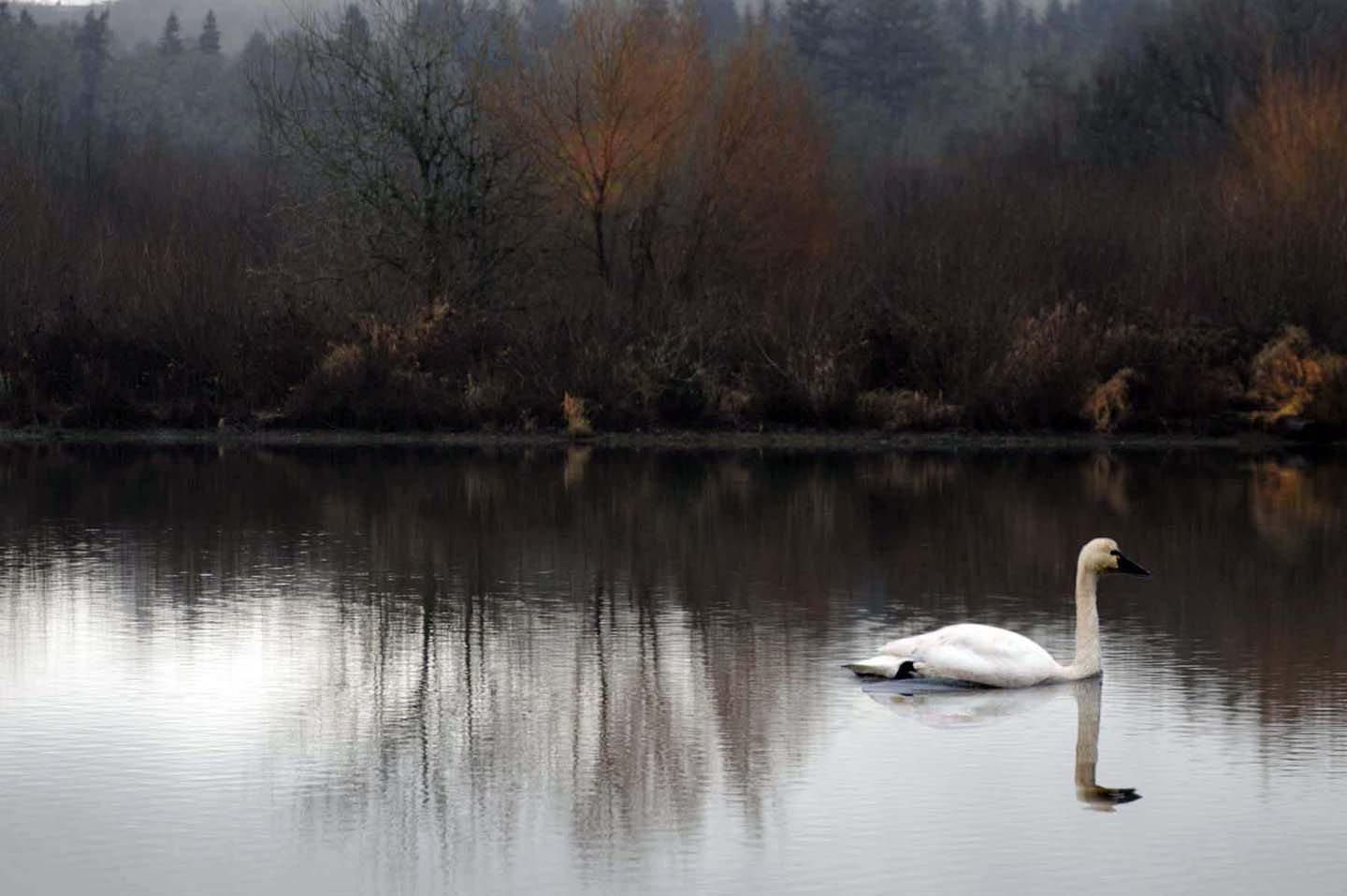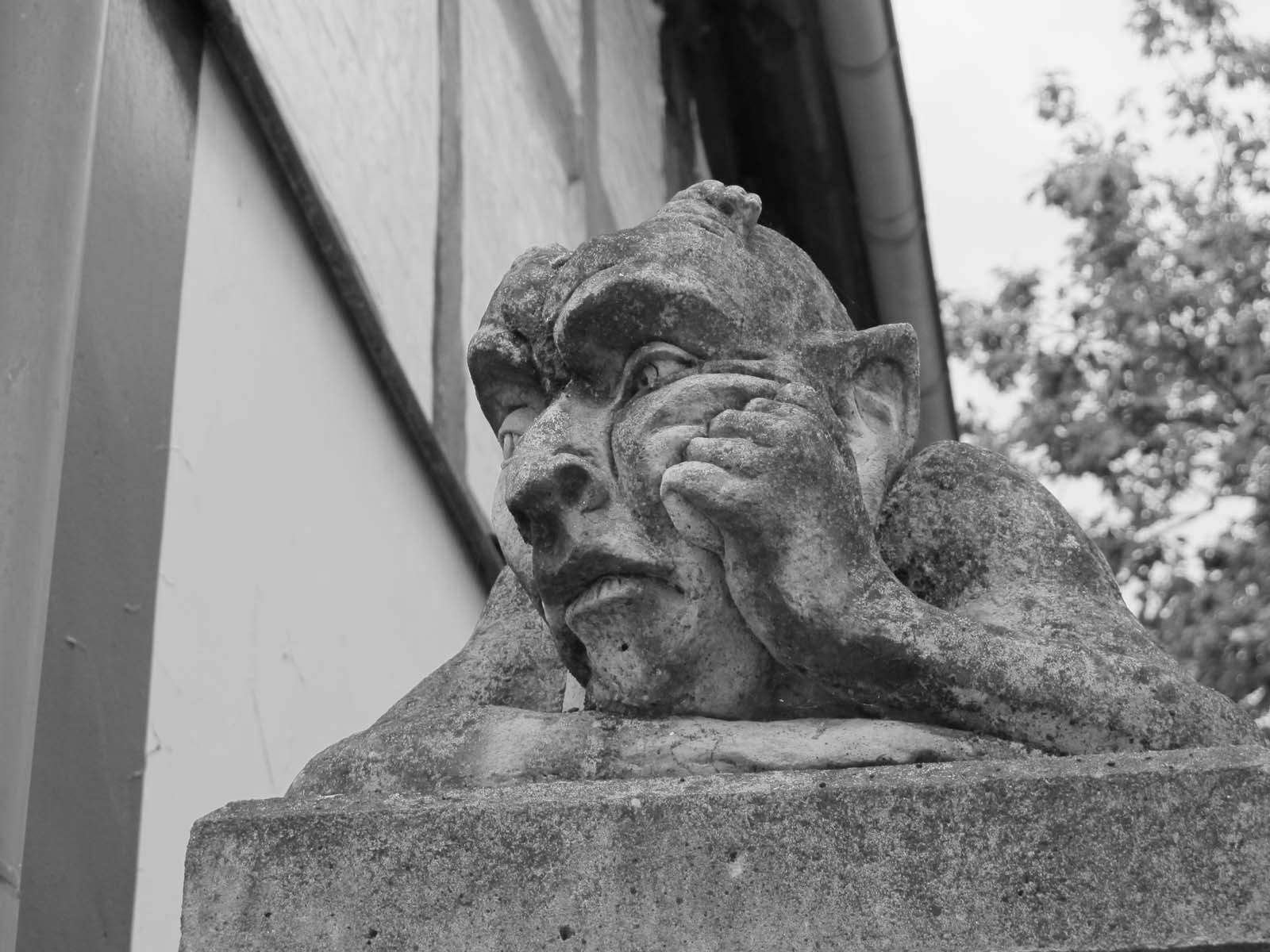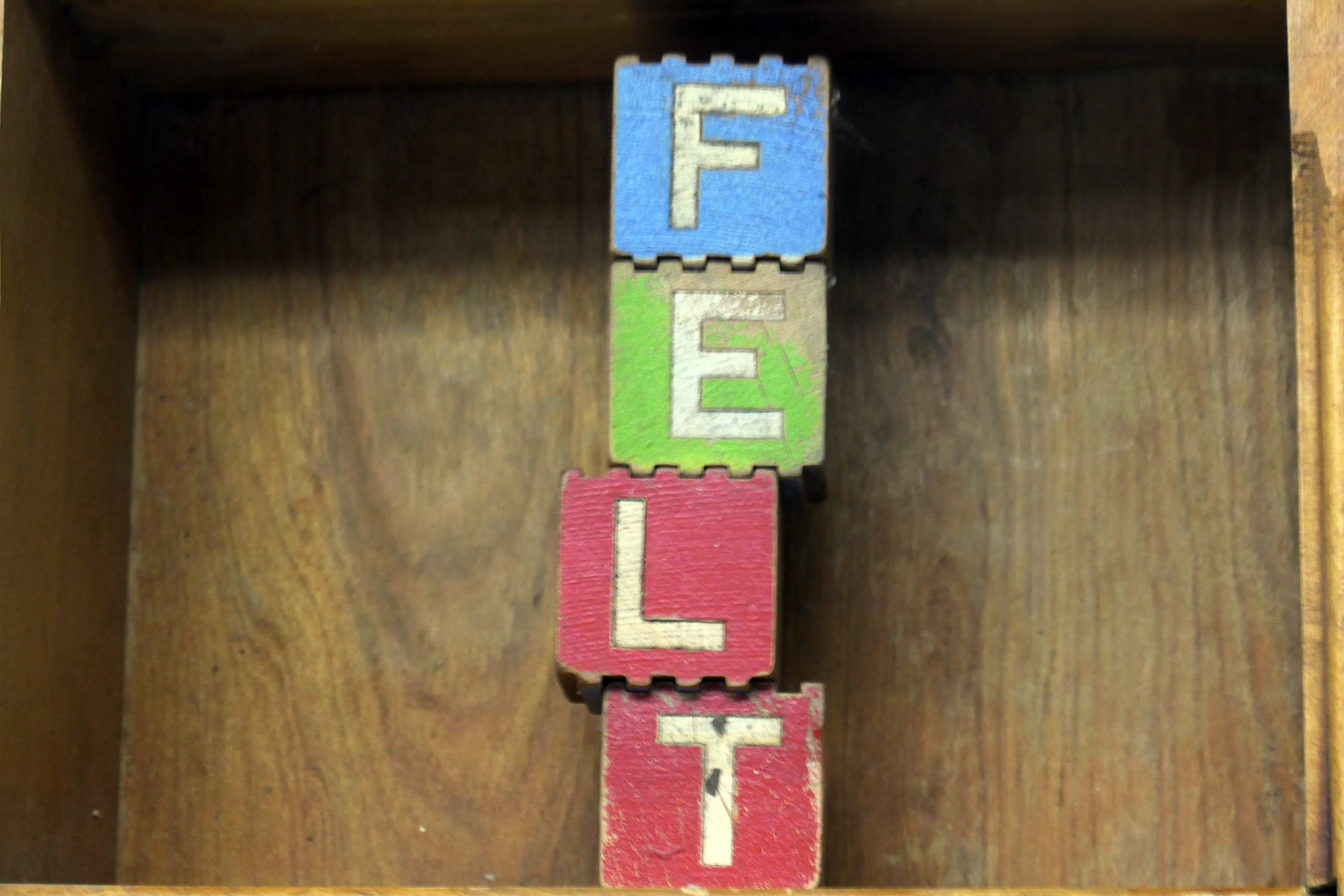Would you like to walk with me, or, as the case may be, drive from Oregon’s West across the mountain passes to the High Desert? We’ll see varied beauty of landscapes moving from winter to spring, with remnants of snow offset by greening pastures and budding trees.

Once we have crossed Mt. Hood, the Sisters’ and Mt. Bachelor’s snowcapped peaks form the background for grazing horses, some looking decidedly in search for a prince. Soon you start driving along the Deschutes river, not yet raging at full strength expected after the snowmelt.




If you are curious enough for a small detour, we can visit the Pelton Dam, which impounds the waters of the Deschutes to create the deep Lake Simtustus, filling a narrow canyon about 7 miles (11 km) back to the Round Butte Dam built in 1964. The water is intensely green in parts, despite blue skies, making you wonder about algae. The surrounding rock formations are majestic. See me wince when I assume the name “Simtustus” honors a Native American, and then learn that it does indeed, but one who scouted for the U.S. Army during the 1867–68 campaign against the Paiute Indians. The Snake War, as it was known, has been ignored by historians, concentrating on the contemporaneous American Civil War and its aftermath, instead. Yet the Snake War was statistically the deadliest of the Indian Wars in the West in terms of casualties. By the end, a total of 1,762 men were known to have been killed, wounded, and captured on both sides. By comparison, the Battle of the Little Bighorn produced about 847 casualties. The Paiutes fought bitterly against the encroachment of colonial settlers onto their territory.




Driving further South, we eventually land in Sunriver, a community near Bend, and a favorite vacation spot for outdoors enthusiasts and families who love being in nature with their kids, but also enjoy the amenities of pools, nature centers, tennis and golf courts, maintained bike paths and the like.








One of the most amazing natural sights, next to deep ponderosa pine forests and the river itself,

are the lava fields produced by one of the largest High Desert volcanoes, the Newberry Volcano. Three million years old, it covers more than 2,000 square miles and sent basalt flows down the canyon of the Deschutes River as far as 65 miles from the main crater (overall it just looks like a mountain chain rather than a dome.)

The U.S. Geological Survey (USGS) considers it to be a very high threat volcano because of its recent volcanic activity (within the past 1,500 years) in an area where numerous people live. Up until now it has been regularly monitored to detect seismic activity, measuring swelling or deflation of the ground, and trying to detect distinctive volcanic earthquakes caused by molten rock (magma) movement beneath the volcano. Who knows if those services have fallen prey to Musk’s chainsaw as well. (I checked, the answer is YES.)

It is a strange feeling to walk on top of this sleeping giant, something I last did a decade ago, and now again, as if nothing had changed in-between, except for my (reduced) speed and level of fatigue after a ridiculously short hike. I was then and still am a speck in space and time, a particle, a glimmer, given the dimensions of this geological behemoth. And I am still in awe of the beauty around me, the sense of grandeur between the expanse of the High Desert landscape and the height of the surrounding mountains.

Yet I am also aware of human achievement, if lasting so many fewer years, reaching across millennia nonetheless. Thinking here of a poem related to volcanoes, by a smart, formerly East-german poet who weaves into his dry observations allusions to Greek mythology and writing – knowledge transmitted throughout the generations (although who knows if we will see it on U.S curricula after this administration is done, installing the Christian Bible as a textbook instead…)
Active
Then someone says crater and you’re tumbling down.
A word from ancient Greek, a fragment, it means
The pitcher, in which they mixed water and wine.
The volcanic abyss, Empedocles’s tomb.
No more than a word, a splinter, and you see the sandals
Perched on the crater’s rim. Peering down through
The hole in the skullcap at the grey matter.—These pallid
Pockmarks puncturing the map of the moon.
You just hear the word crater—there’s a crack,
And the ear conjures myths out of ceramic and molten rock.
Hephaestus, the smith, in scenes with figures of red.
Or Hades, dragging Persephone down to the dead.
BY DURS GRÜNBEIN
Translated by Karin Leeder from the German, below
“Aktiv”
Da sagt jemand Krater, und schon stürzt du hinab.
Ein Wort aus dem Griechischen, Bruchstück, es meint
Einen Krug, in dem mischten sie Wasser und Wein.
Den vulkanischen Abgrund, Empedokles’ Grab.
Ein Wort nur, ein Splitter, und du siehst die Sandalen
Am Trichterrand. Starrst durchs Loch in der Schädeldecke
Auf die graue Substanz. – Diese riesigen, fahlen,
Im Mondatlas abgebildeten, pockennarbigen Flecken.
Du hörst nur Krater – es knirscht, und das Ohr,
Aus Keramik und Lavaschutt, zaubert Mythen hervor.
Rotfigurige Szenen mit Hephaistos, dem Schmied.
Oder Hades, der Persephone in sein Totenreich zieht





Newberry National Monument – Lava lands
The poem is, unfortunately, rather badly translated, which is surprising given the talent and caliber of this award-winning translator.
In my own understanding of the German, the first line describes a rather more violent, instantaneous crashing than tumbling down the slopes of a crater at the mere mention of the word. This sets the tone for the juxtaposition of “active” and “reflexive” or passive, that runs through the poem. In the second verse, the word crater is no longer a fragment but compared to a shard (not a splinter, fitting way better into the theme of the ceramic pitcher). At the end of the verse the poet refers to actually printed maps of the moon on which huge pallid flecks look like pock marks and which hung in children’s bedrooms during the poet’s youth . In the last verse, the translator uses “crack” instead of “crunch”, which is far more applicable to the crumbling lava and ceramic mix that conjures myths. But maybe I’m nit-picking. Let’s look at the references that really make this a memorable poem.

Both meanings of the word crater, volcano and ceramic pitcher, weave through the poem. Both are provided with references to Ancient Greek mythology, from writing, or found in the imagery painted onto the vessels.
The reaction to the mention of “crater” is linked to Empedocles, a philosopher who, as far as we know, was the first to offer a theory about the connection between light and vision, something picked up and developed later by Euclid. He was a strict vegetarian, had some significant ideas about human psychology and was said to have jumped into an active volcano to prove that he was immortal and live on as a God, leaving his sandals at the rim to “prove” that he had departed. There are numerous version about his demise, some claiming he faked it, others attributing it to an erupting Vesuvius which blasted his sandals up to the rim.
Empedocles’ example of a voluntary jump into the abyss provides a clear contrast to the narrator’s sense that he is inescapably falling into the depth. His imagination is active, but the experience is reflexively forced on him.

The next allusions pick up the theme of catastrophic endings by active means or passive experience. Remember who Hephaestus was, so often depicted as a red silhouette on a black vase? He was the God of fire, volcanoes, metalworking, artisans, metallurgy, carpenters, forges, sculpting, and blacksmiths, creating all the tools needed for unleashing war. And if that was not enough, he also brought a first gift to man: Pandora and her miserable box. All of it drowning the world in evil by active design. Contrast this with Persephone, who was abducted into the Underworld, tricked into eating some pomegranate seeds so that she had to stay there for most of the year, no active resistance possible.

Then again, not all is black and white, or red on black, as the case may be. Persephone still helped to bring spring and harvest about together with her mother, upon her temporary jaunts back into the world, and was Queen rather than pure victim in the underworld.
And Pandora, sent to us by a God who also provided us with habitat and tools as well as the weapons of war? She used to be a life-bringing goddess in early renderings of the Greek cosmos (in fact her name means “all-giving”), before she was eclipsed by the death-bringing human Pandora. And in contrast to the misery she unleashed, one thing stayed permanently in the box, not irretrievably dispersed across the corners of the earth: HOPE, still available.
Maybe we feel like being sucked into craters, drowned by evil that has existed amongst humans since people started to record their histories, left with a torched and jagged, infertile landscape. But we have choices: the choice to think of something as providing sustenance rather than demise (pitcher vs crater), the choice to focus on hope rather than conditioned fears that drag us down the slopes of the volcano. And we have all this because the ancients laid out the maps, and our schools taught us the history. The grey matter might be pockmarked, but it can still be put to use. Let it be active and lead to the right moves.

Chem trails in just the right position….

Music today is a life version of Genesis’ Dance on the Volcano. Here is another song from that album that remains one of my favorite of years gone by, Trick of the Tail.































































































































